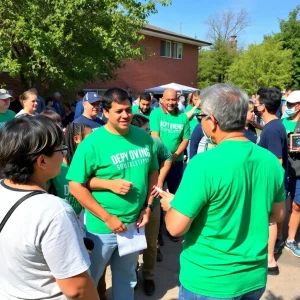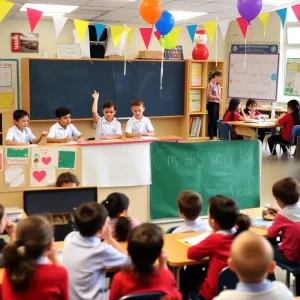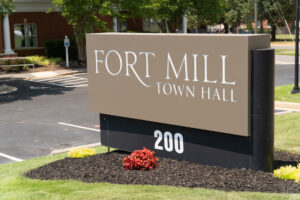Farmington Public Schools Seeks Millage Renewal This November
Farmington, MI — As we gear up for the upcoming election on November 5, voters in the Farmington Public Schools district will see a crucial proposal on their ballots — a request to renew the operating millage that funds our schools and essential services. This is an important moment for our community, and understanding what this means could significantly impact the educational landscape in Farmington.
What is the Operating Millage?
When we talk about the operating millage, we’re referring to a necessary funding source that helps our schools keep running. According to Jennifer Kaminski, the assistant superintendent for business services at Farmington Public Schools, this renewal is vital to maintain the operation of our schools, pay our dedicated staff, and support all the services that help our children learn and grow.
The operating millage was established three decades ago when Proposal A came into effect. This change rolled back property taxes and set a foundation allowance for schools statewide. However, it meant that affluent districts like Farmington had to navigate a much tighter budget. To address this, the state allowed districts to seek local funds through operating millages to compensate for the reduced state funding.
How Is Funding Distributed?
Presently, the state provides each district with $6,206 per pupil. However, thanks to the operating millage voted on by local taxpayers, Farmington raises additional funds. Currently, the district is permitted to collect 12.5 mills (equating to $1 for every $1,000 of taxable value), but it is only levying 5.5 mills. This brings in approximately $1,876 per student for operational costs. On top of that, the district collects $3,402 from non-homestead properties like businesses, leading to a total operational budget of $11,484 per pupil.
Without the funds from this millage, the district risks losing about $49 million annually. “The state assumes we are going to collect these property taxes locally. If we don’t, they don’t make it up,” Kaminski explained. “It would be devastating,” echoed Diane Bauman, the director of school/community relations and pupil accounting.
What Does the Proposed Renewal Mean?
The upcoming ballot proposal is requesting that voters allow the district to renew the millage for another 10 years. The plan includes authorizing the district to collect 21 mills on non-homestead properties, though only 18 mills will be levied. This additional millage serves as a security measure against possible future rollbacks due to the Headlee amendment, ensuring that the district consistently receives adequate funding over the coming years.
Kaminski clarified that this renewal would not increase taxes; it’s more about ensuring stability in funding without fluctuating rates. “The intent is to keep the property tax that we levy from our homeowners fairly stable,” she said, aiming to prevent painful tax spikes.
Looking Ahead
The current millage is set to expire at the end of 2025. If voters approve the renewal, it will kick in for the 2026-2027 school year and remain in effect until 2035. Kaminski emphasized, “We’re asking for the renewal now so that when we get through this year, it’s already approved. We can move forward.”
In essence, this renewal is not just a bureaucratic measure; it directly supports the daily operations of our beloved schools. It’s crucial for ensuring our students have the best resources available and a solid educational foundation. As the election day approaches, be sure to make your voice heard and consider the impact your vote will have on the future of education in our community.











